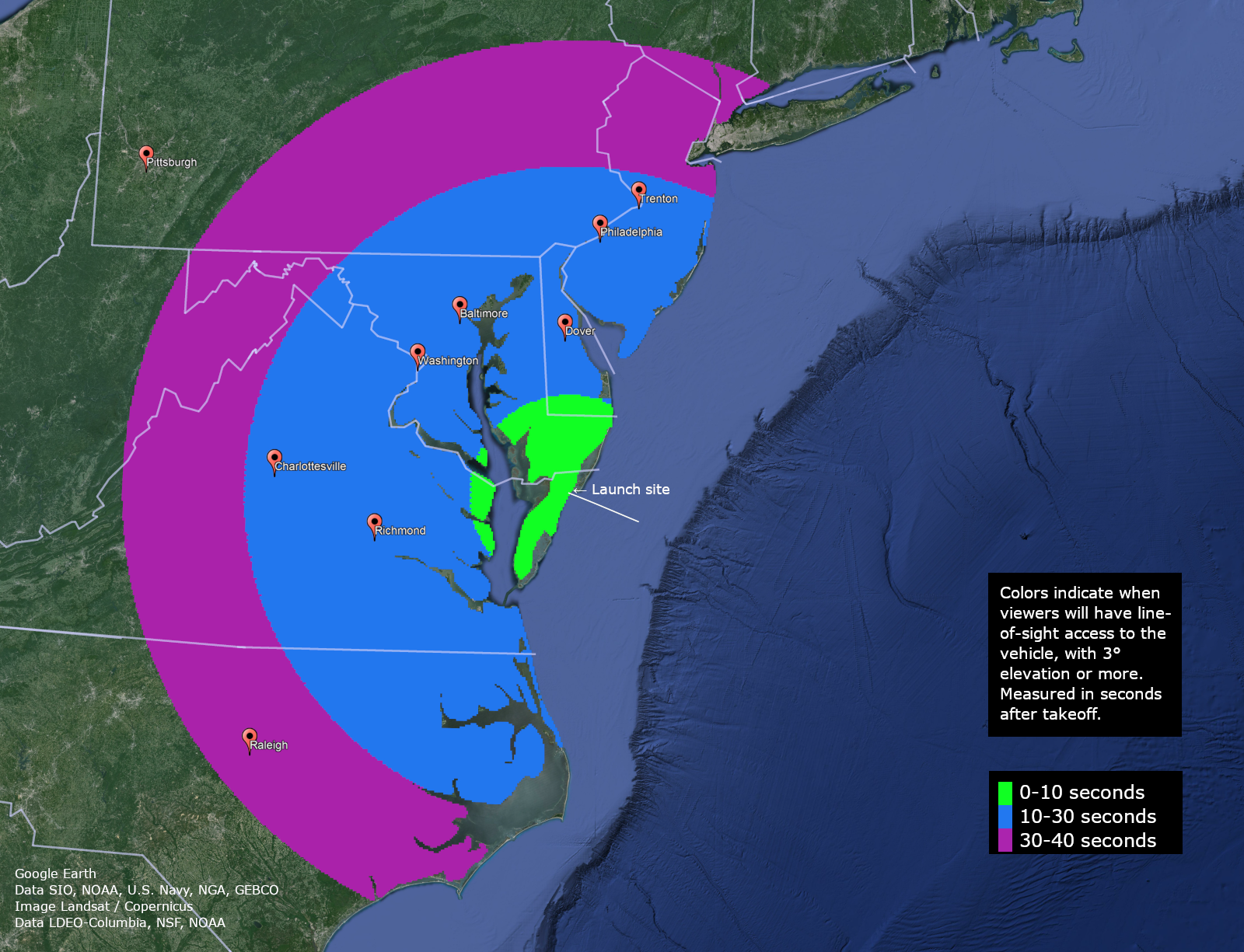New Mexico Scientific Balloon Campaign Update- Sept. 4
The High-Altitude Student Platform 2 (HASP2) successfully launched at 8:28 a.m. MDT (10:28 a.m. EDT) Thursday, Sept. 4 and reached a float altitude of nearly 122,000 feet. HASP remained in flight for a total of 11 hours,40 minutes. Science reports a successful flight. The balloon and payload have safely landed, and recovery efforts are underway.
The HASP2 program is a collaborative effort between Louisiana Space Grant Consortium at Louisiana State University (LaSPACE – LSU), NASA SMD: Astrophysics Division, NASA Balloon Program Office (BPO) and the Columbia Scientific Balloon Facility (CSBF) to develop and operate an inexpensive platform that can be used to flight test compact satellites, prototypes and other small payloads designed and built by students. The High Altitude Student Platform 2 (HASP2) is designed to carry up to twenty-four (24) student payloads at a time to an altitude of about 110,000 feet with flight durations of 15 to 20 hours.
Student Payloads and Organizations for 2025 include:
- Big Red Sat 1.5 – The University of Nebraska Lincoln
- STRAINS 4.0 – Sint-Pieters College Jett
- Bat Sat – University of Colorado, Colorado Springs
- FLC Ionizing Radiation vs Solar Insolation (IRSI) Experiment – Fort Lewis College
- Strato Sentinal – University of Boston Massachusetts
- Ozone Sensors Payload – University of North Florida
- Astrolab – Universidad Nacional de Ingeniería
- Spectra Solis – College of the Canyons
- Astro Tracker II – Universidad Nacional de Ingeniería
- MSTRI – McMaster University
- OLIMPO – Universidad Nacional de Ingeniería



























